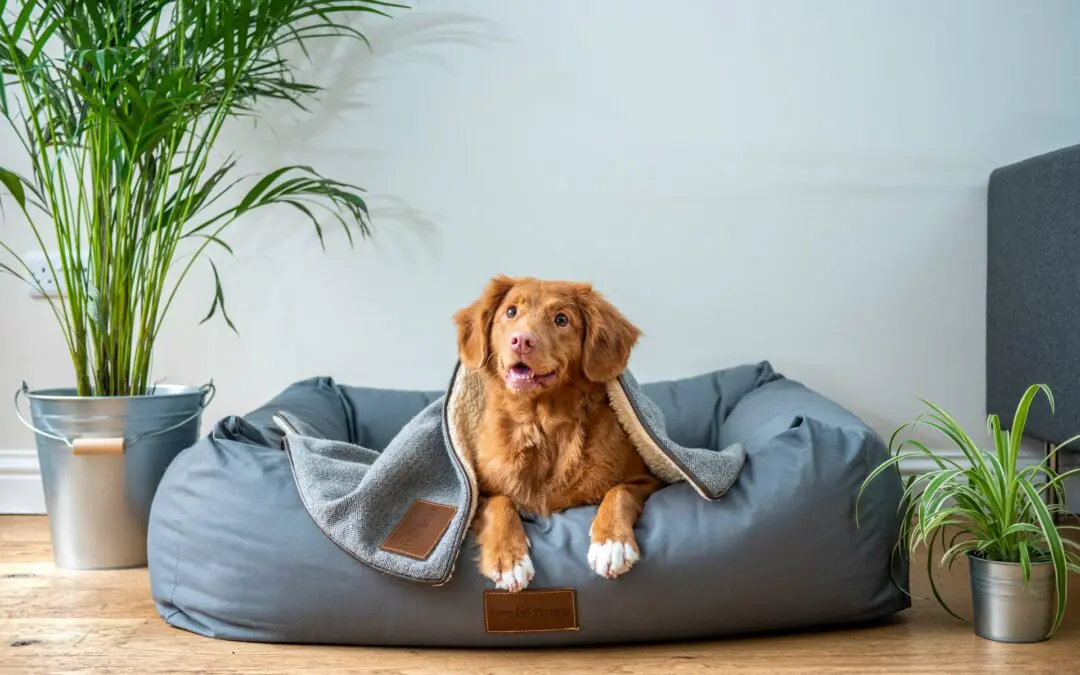Have you seen those videos of dogs communicating through “talking” word buttons? While this is totally awesome (and trainable), you might be relieved to know that your dog already “talks” a lot. Understanding their cues can help you figure out different stressors, alert you when they’re feeling aggressive, or let you know when your dog wants to play. Here’s how to interpret your dog’s barks and body language.
Dogs Don’t Always Bark to Communicate
Dogs use a combination of vocalizations (like barking or growling), body language, and eye contact to communicate their feelings and desires. Their barks are only a small part of the puzzle, with the bulk of their communication happening through their eyes, tails, and body positions.
Scared or Anxious
When your dog is scared or anxious about something, they will give off several clues. While for some dogs that might include barking or whining, it is more often expressed through their body language.
Eyes: Breaking eye contact, looking away from an animal or person. ‘Whale eyes’, this is when you can see the whites of their eyes, or they are looking at you out of the corner of their eye.
Ears: Often pinned back.
Body: Their body will be curled in, trying to look smaller. They might be shaking or trembling.
Tail: Completely tucked under themselves.
Angry or Aggressive
You might have heard that a dog’s bark is worse than its bite. This is not true. A bite can be painful, scary, and even devastating. Understanding the non-verbal cues of anger, or the precursors to aggression, can help you avoid a bite.
Eyes: Prolonged eye contact, with very few blinks. Eyes are “locked in” and follow something even when it moves.
Ears: Will be flat against the head.
Body: Their body will be angled toward what they are locked in on, with their hackles raised. (The hackles are the stiff hairs along a dog’s spine and at the base of their tail.)
Tail: Typically, the tail will be straight out, not wagging or moving very much.
Playful
When your dog wants to play, they might emit a sharp, quick yap along with their “play” stance.
Eyes: Will be looking at what they want to play with, with relaxed eyelids.
Ears: Up and pointed forward.
Body: Play pose looks a lot like a “downward dog” yoga pose. Their front legs will be extended with their head pointed down, and their rear in the air. Some dogs might also have raised hackles while playing, which is why it is important to read all the signals your dog is giving off.
Tail: Will be wagging or relaxed.
Let’s Talk About Veterinary Care
When dogs are part of your family, you want to be able to understand how they communicate so you can take better care of them. One of the best ways to care for your pup is to schedule veterinary checkups at least once a year. These appointments help you keep your dog healthy with life-saving vaccinations and exams that catch small problems before they become too big.
Here at East Valley Animal Hospital, we are dedicated to providing the very best in pet care. If your dog is due for a checkup, contact us to make an appointment today.
Images used under creative commons license – commercial use (10/12/25). Photo by Jamie Street on Unsplash.

